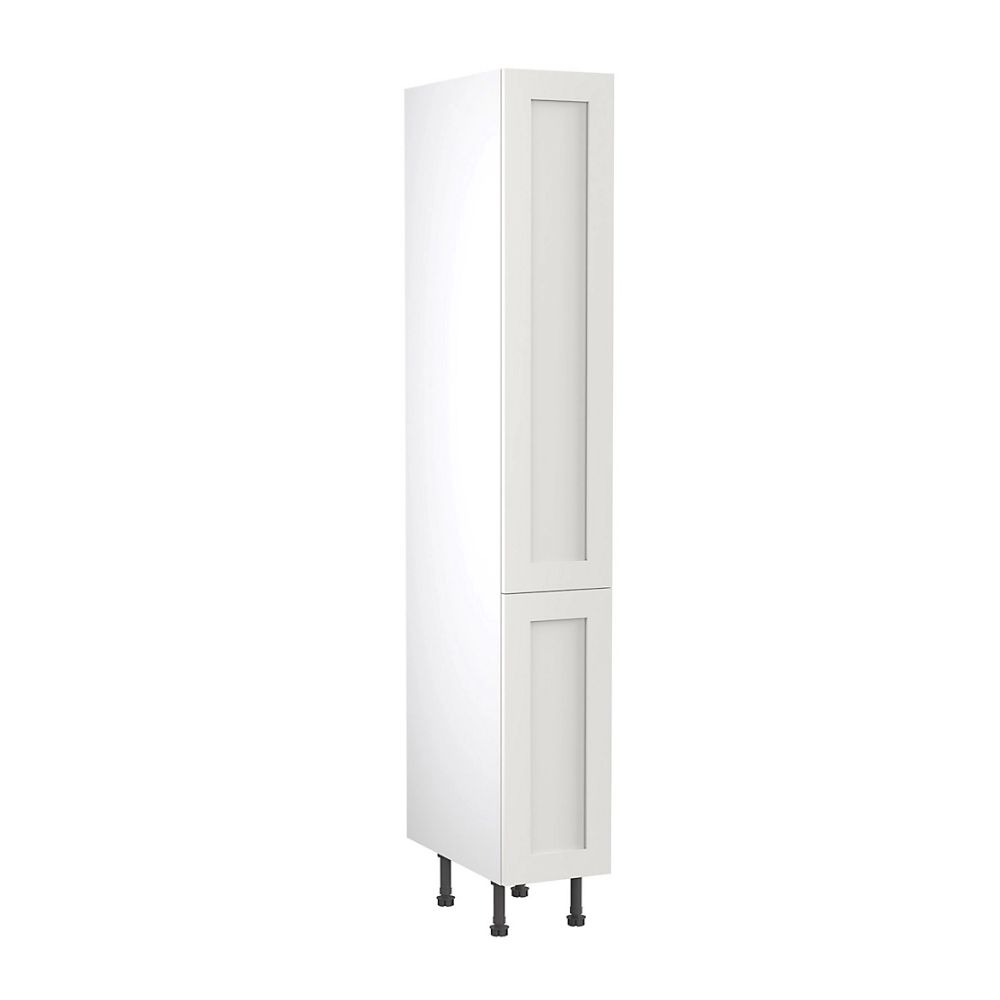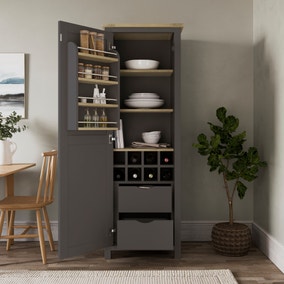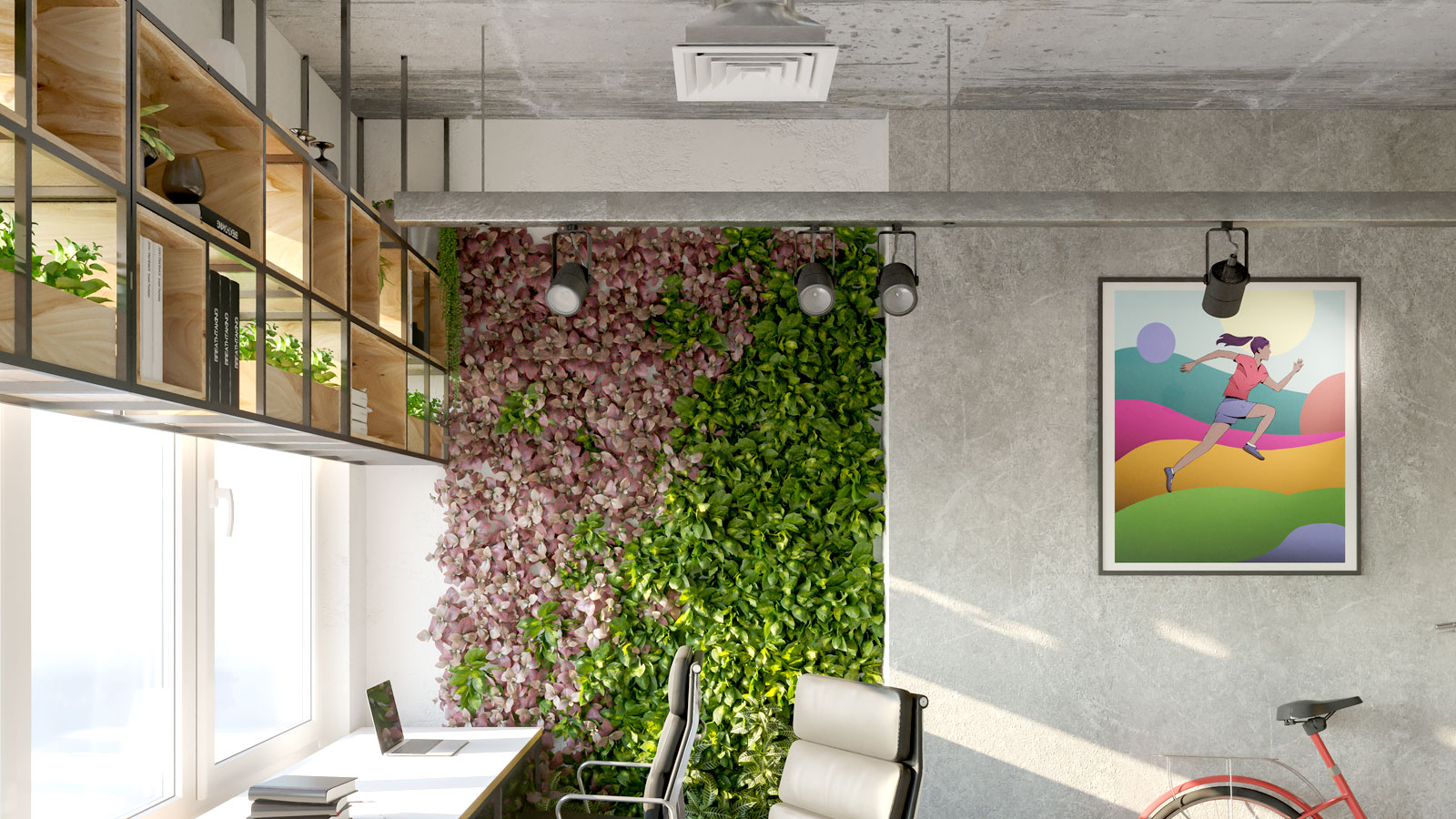Yes you can have a pantry in a small kitchen — this is how to design one that works
Small kitchen? No problem. Here’s how to create a perfectly organised pantry, no matter how tight your space is
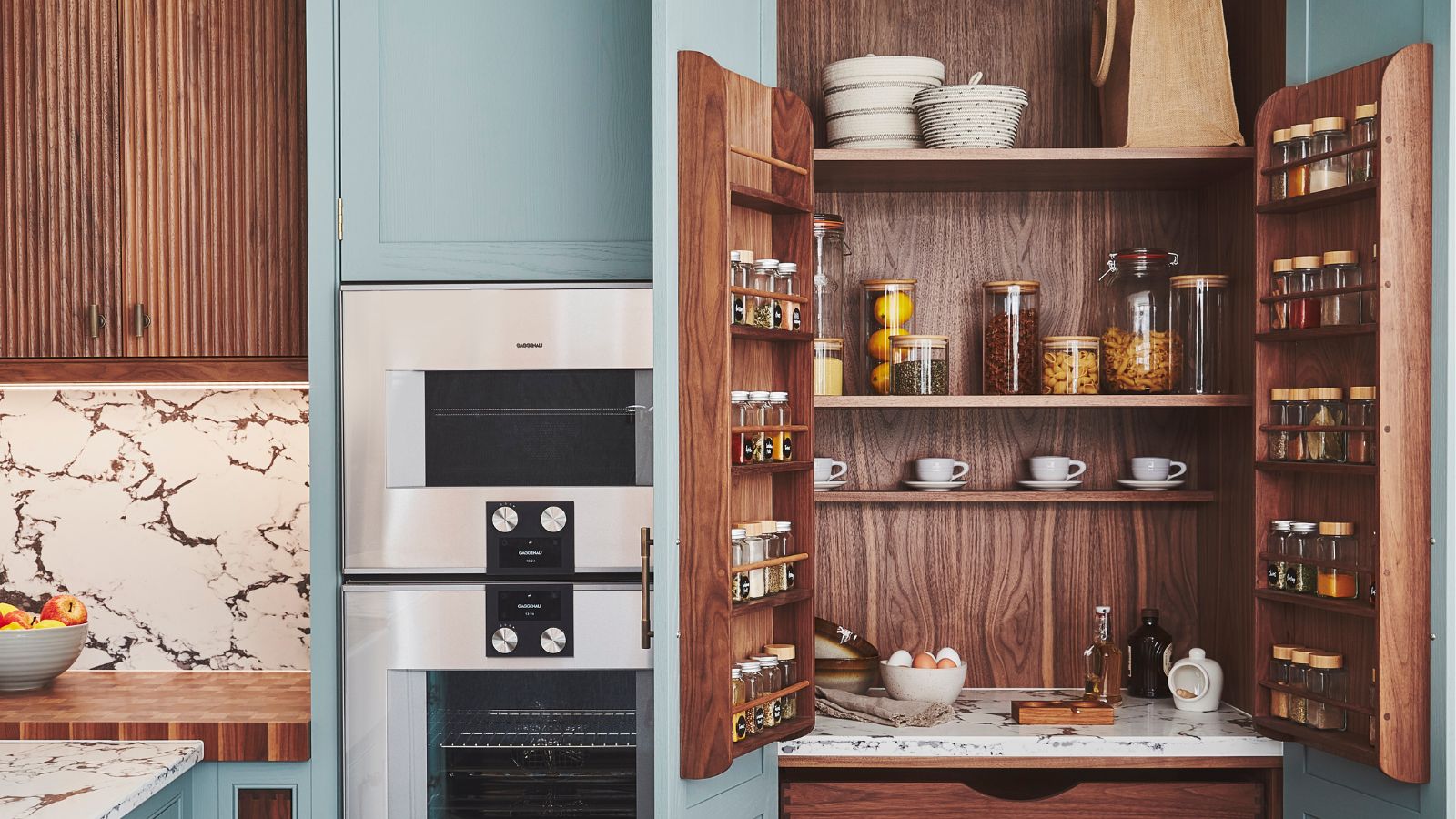
A pantry is often considered a luxury reserved for sprawling country kitchens with ample storage space. But even the smallest of kitchens can accommodate pantry ideas if you're prepared to think outside the box.
Whether it’s a cleverly designed cupboard or a compact walk-in space, having a dedicated storage area can make a huge difference in maintaining a tidy and functional kitchen. The key lies in smart planning, maximising your available space, and choosing the right style of kitchen storage to suit your specific needs.
Below, we take a look at how to design a pantry that works, no matter how small your kitchen is.
Can you have a pantry in a small kitchen?
The short answer is yes, even the smallest of kitchens can accommodate a well-planned pantry. The secret is to be intentional with space, get clever with your storage ideas, and, above all, stay organised.
The only difference between installing a pantry in a large and a small kitchen, is that you’ll need to be more creative and make use of overlooked areas. While this might result in a less-than-traditional pantry, you’ll still be able to store your ingredients and reduce kitchen clutter, helping you make the most of your limited space.
The challenges of a pantry in a small kitchen
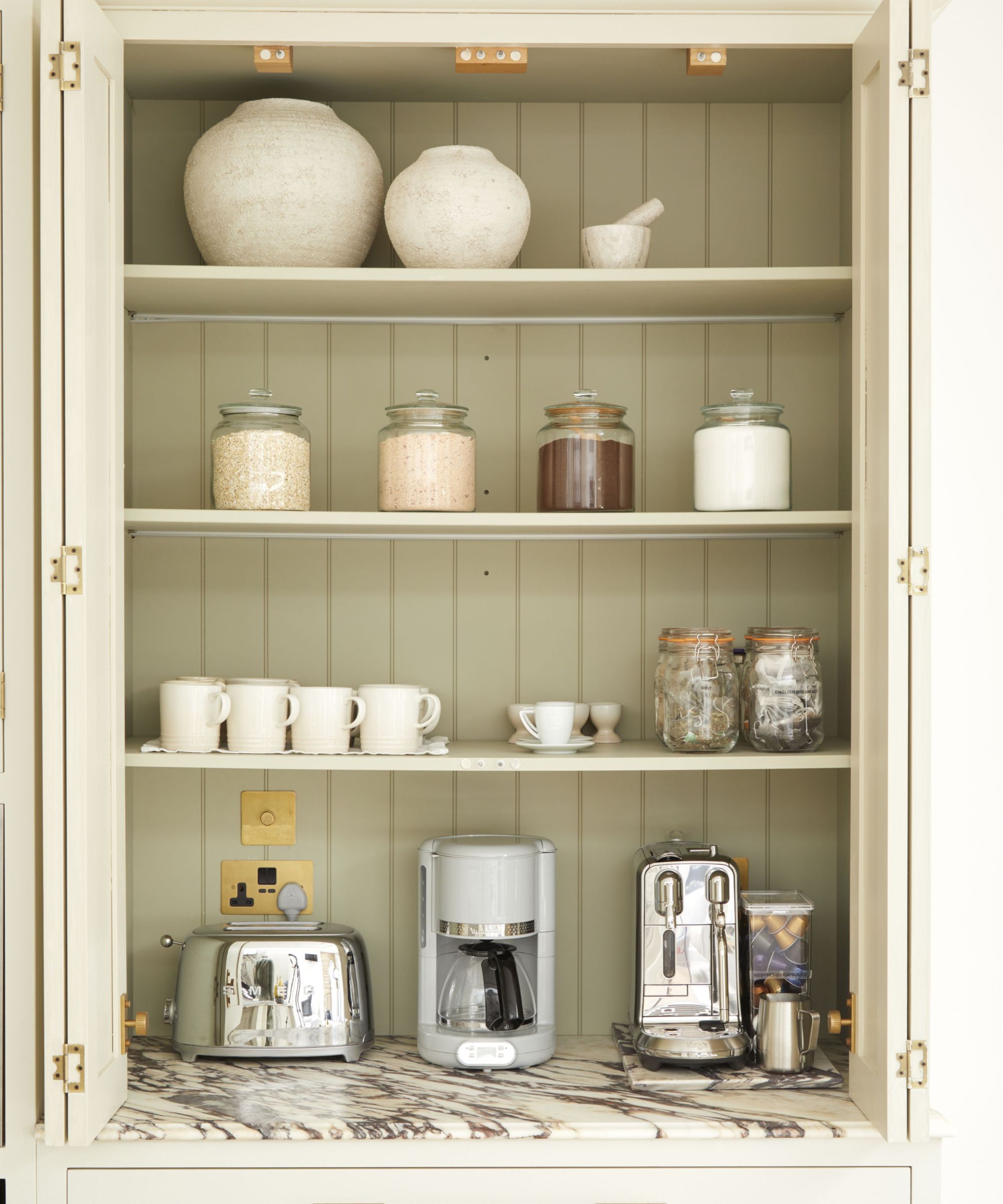
Fitting a pantry into a small kitchen comes with its own unique set of challenges. One of the biggest obstacles is ensuring that your new pantry doesn’t encroach on any valuable prep or cooking areas, as these are likely to be in short supply already. A poorly placed pantry can disrupt the flow of a well thought out kitchen triangle or make it difficult to move around with ease. This is why careful positioning is essential.
Jayne Everett, creative director of Naked Kitchens, explains: "A pantry is such an important part of overall kitchen planning and kitchen design, whether this is incorporated within the run of your cabinets or a separate room which needs to be designed and fitted out accordingly for food storage."
"For starters, it's good to keep the pantry away from the busy cooking area so as not to add more to this zone," continues Jayne. It’s also a good idea to consider the door swing to prevent it from becoming an obstruction. "If using a pantry cupboard, it is always great to have the door hung to open away from the cooking area."
Another common issue is the lack of depth for storage. In a small kitchen, traditional deep pantry cupboards can lead to items getting lost at the back, making it difficult to keep track of what you have. Opting for shallow shelves can help with visibility and accessibility.

In 2000, following a successful career in finance, Jayne and her husband left London and settled in Norfolk to raise their young family. In 2005, her passion for design led to the couple founding Naked Kitchens. As creative director, Jayne now oversees the design of new showrooms and kitchen styles.
The best slimline freestanding pantry cupboards
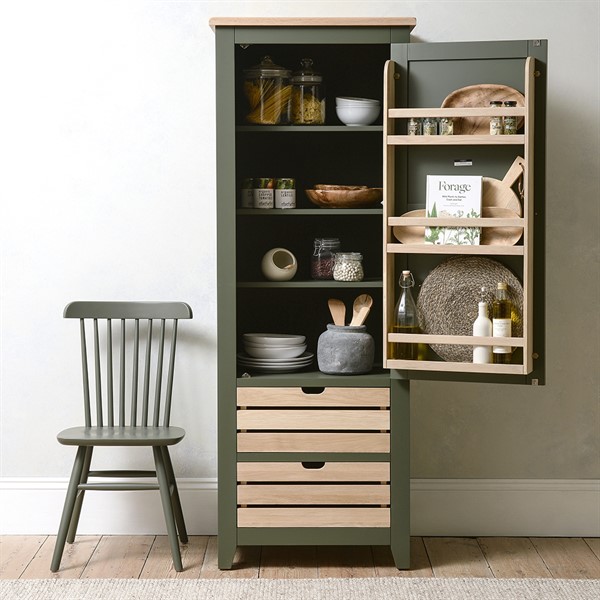
This narrow, single pantry cupboard includes three adjustable shelves and two oak crates. The unit is delivered fully assembled.
How to design a small pantry
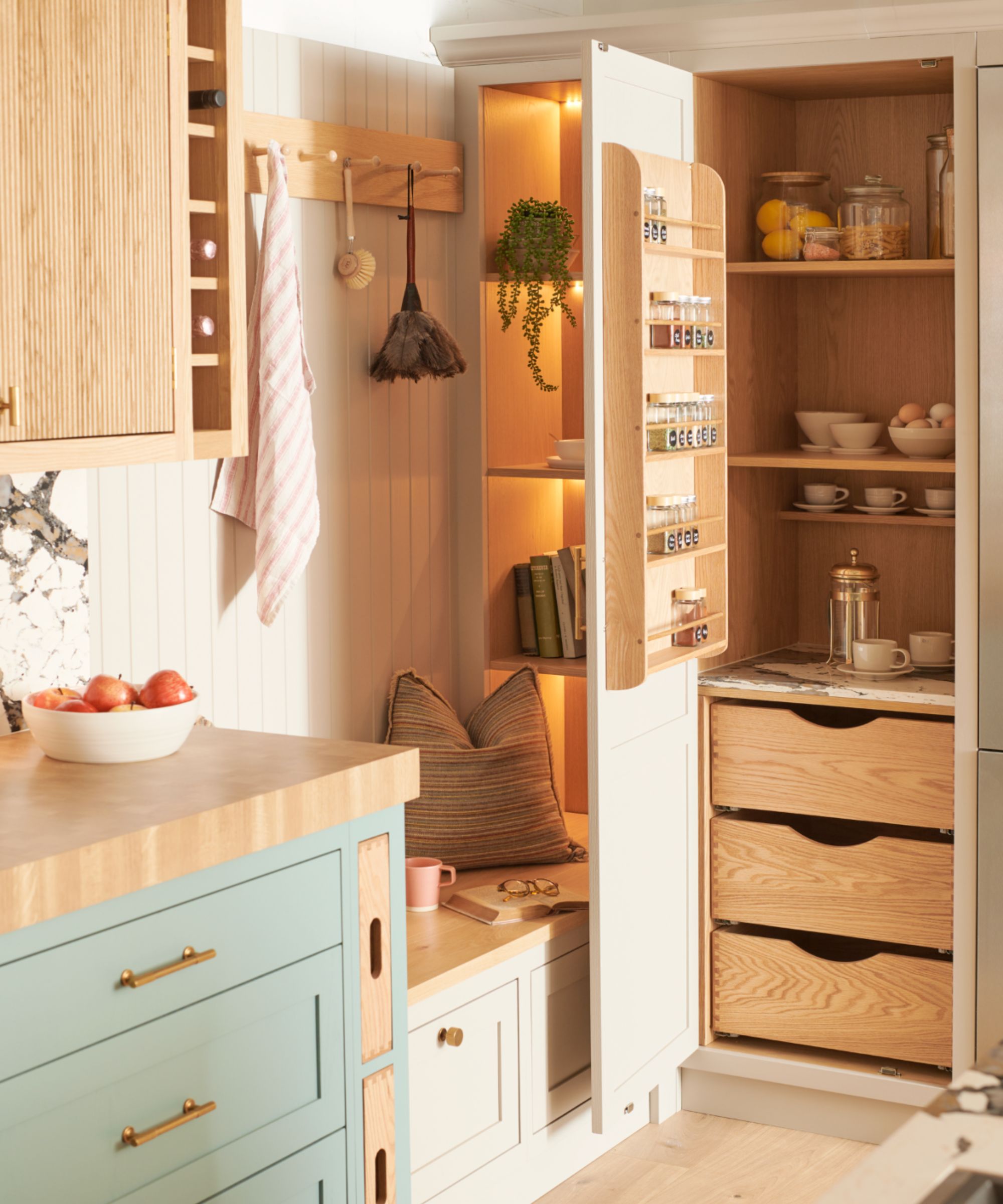
Integrate a pantry into your existing kitchen cupboards
If you don’t have space for a separate pantry, transforming an existing kitchen cupboard into a dedicated pantry is a great alternative. Start by decluttering and reorganising a tall kitchen cabinet or an underused cupboard, then fit it with adjustable shelves, pull-out baskets, or door-mounted racks to maximise storage.
"A spice rack mounted on the pantry door is super practical for a busy chef, keeping everything organised and accessible," says Jayne Everett. Shallow, adjustable shelves are also a good choice, as these allow you to store different-sized items.
If your cupboards are particularly deep, install pull-out drawers or tiered shelving to prevent items from getting lost at the back. To prevent deep shelves from becoming cluttered, you could also use lazy Susans.
Make use of a corner pantry
Underutilised corners can also be transformed into valuable storage space. A compact corner unit can double as a pantry of sorts – whether this is built-in or free-standing – and makes the most of an awkward kitchen layout while keeping your essentials within easy reach.
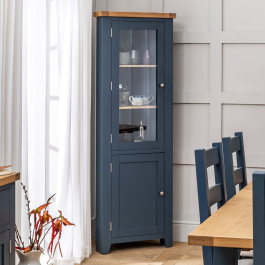
This glazed cabinet makes clever use of kitchen corners. It features two cupboard areas: an upper section with a glass door and adjustable shelves, and a lower cupboard with a single adjustable shelf for bulkier items.
Opt for a wall-mounted 'pantry'
When floor space is limited, going vertical can be a game-changer. Open shelving or a shallow built-in unit on an empty wall can create extra storage without encroaching on your kitchen’s footprint. Keep the look streamlined by decanting dried goods into matching jars and using labelled baskets to keep smaller items tidy.
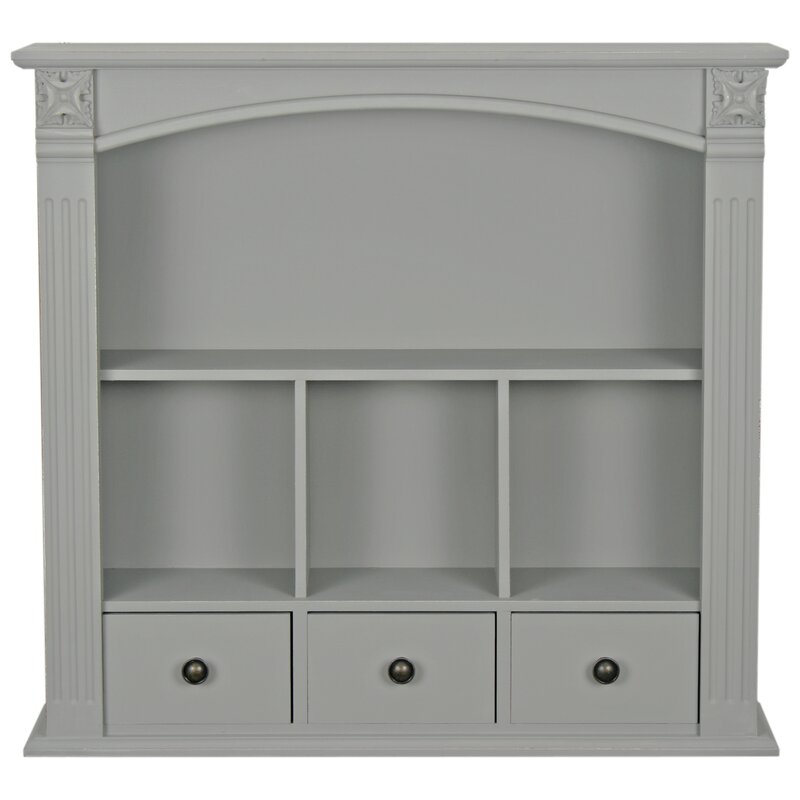
This wall-hung cabinet is perfect for storing your food staples while keeping them all within easy reach.
Transform an unused space into a makeshift 'walk-in' pantry
If you’re fortunate enough to have a small adjoining space, such as a closet or unused alcove, consider turning it into a makeshift walk-in pantry.
A sliding door or even a simple kitchen curtain can help conceal these spaces without taking up extra space, and mounting a pegboard on the wall can provide extra storage for smaller items like utensils and reusable bags.
However, as Jayne Everett, creative director of Naked Kitchens, advises: "If you have a walk-in pantry, you need to make sure that there is plenty of space to walk into the larder, which may necessitate narrower shelves along one wall. Even very shallow shelves are super useful."
Remember to keep it organised
No matter how small your pantry is, it's important to keep it neat and tidy in order to keep track of what you have.
"For a uniform and aesthetically pleasing pantry shelf, consider decanting your dried food items into mason jars and use jute or woven baskets to organise additional items," suggests Al Bruce, founder of Olive & Barr. "This way, you can quickly locate ingredients while in the throes of cooking. An organised pantry will allow you to easily keep a check on sell-by dates and food quality, avoiding the risk of items deteriorating and being forgotten at the back of cupboards."
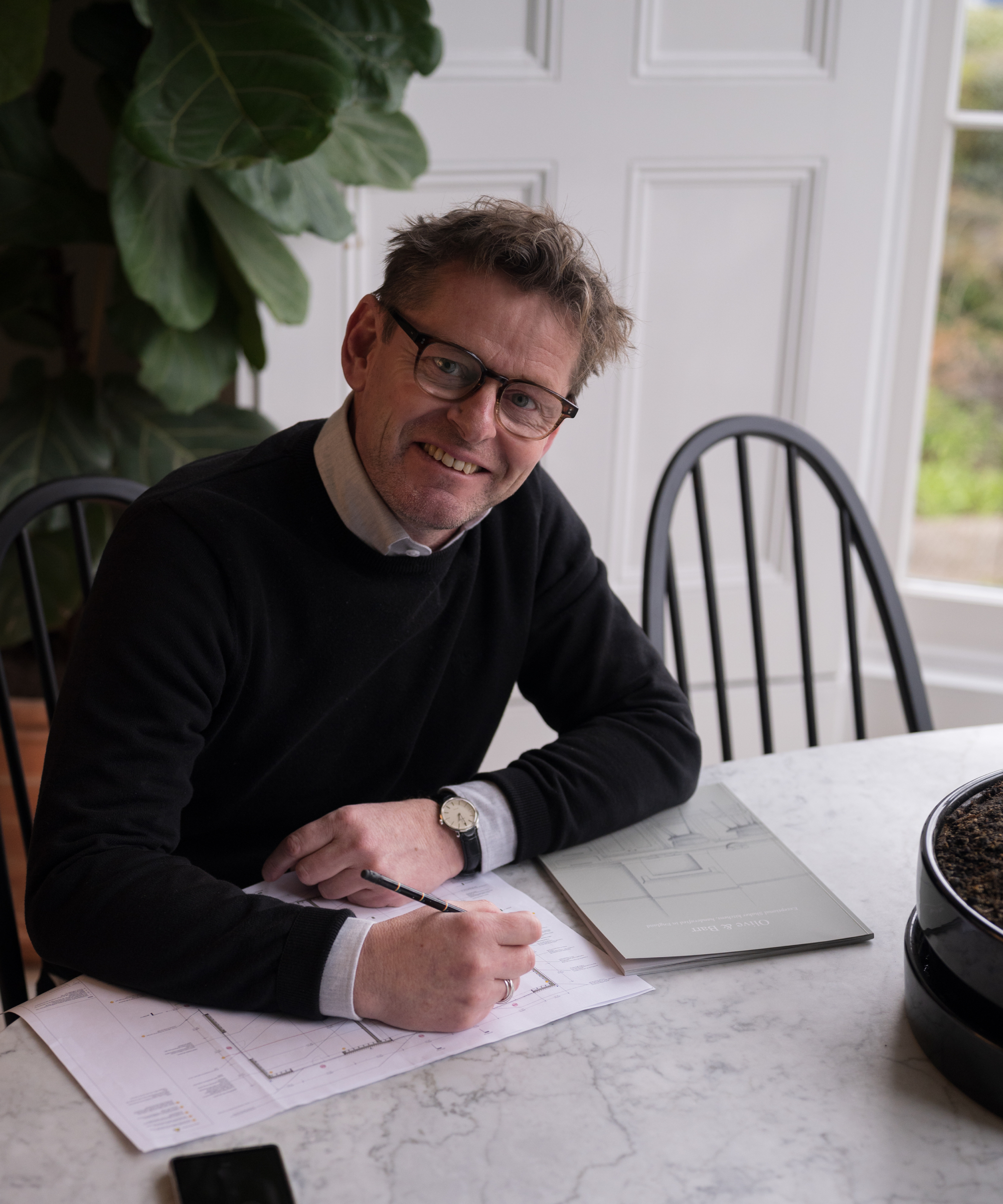
Al Bruce is an experienced professional in the handmade kitchen industry, with a career spanning 25 years. In 2018, he established his own Shaker kitchen company, combining his technical skills and business acumen to deliver high-quality, bespoke kitchen designs.
Have you found that items in your pantry are quickly going off? In order to keep a pantry cool and your food fresh, you may need to learn how to ventilate a pantry.
Get the Homebuilding & Renovating Newsletter
Bring your dream home to life with expert advice, how to guides and design inspiration. Sign up for our newsletter and get two free tickets to a Homebuilding & Renovating Show near you.

Gabriella is an interiors journalist and has a wealth of experience creating interiors and renovation content. She was Homebuilding & Renovating's former Assistant Editor as well as the former Head of Solved at sister brand Homes & Gardens, where she wrote and edited content addressing key renovation, DIY and interior questions.
She’s spent the past decade crafting copy for interiors publications, award-winning architects, and leading UK homeware brands. She also served as the Content Manager for the ethical homeware brand Nkuku.
Gabriella is a DIY enthusiast and a lover of all things interior design. She has a particular passion for historic buildings and listed properties, and she is currently in the process of renovating a Grade II-listed Victorian coach house in the West Country.
